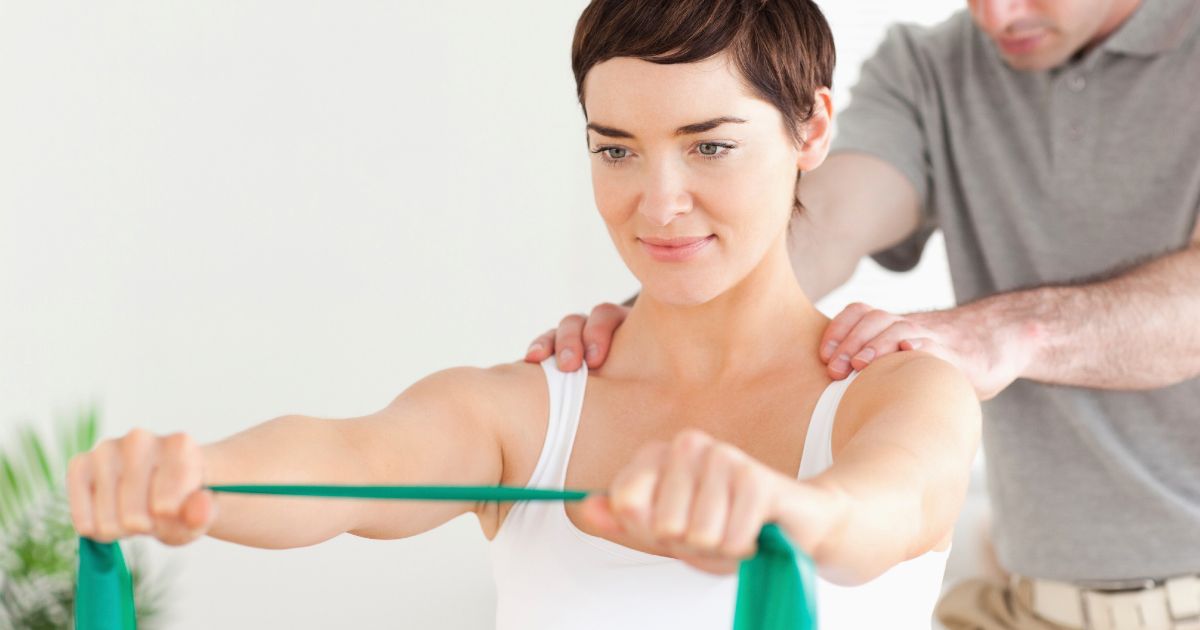Tips For Treating A Separated Shoulder
A separated shoulder occurs when the ligaments that attach the collarbone to the shoulder blade become injured. With severe injuries, there may be tears in the ligaments. Most of these injuries heal after a few weeks, and patients regain the full function of their shoulder. Separated shoulder symptoms include pain in the shoulder, weakness in the arm and shoulder muscles, swelling or bruising around the shoulder, a limited range of motion, or a bump and swelling on top of the shoulder. The injury is most commonly caused by a direct blow or fall to the shoulder.
Learn more about treatments available for a separated shoulder now.
Physical Therapy
There are physical therapy exercises that can help treat a separated shoulder. These are geared toward repairing the range of motion and strengthening the muscles again. Generally, patients should wait until after the initial injury has healed before they begin doing exercises. Exercising and straining the muscle during the healing process can cause the injury or tear to become worse. There are a number of 'wand' exercises patients can do by holding a stick and extending their arm to different shoulder-stretching positions. In addition, stretches like shoulder flexing, shoulder extending, and pulling the shoulders up to the ears can help. Patients might benefit from circular shoulder motions to test and slowly build up their range of motion.
Continue reading to reveal additional options for treating a separated shoulder now.
Reconstructive Surgery

Though the majority of cases will resolve on their own without needing medical intervention, there are sometimes serious injuries that require reconstructive surgery. Medical professionals classify shoulder separations by different categories. Most orthopedic surgeons believe type I and type II separations won't need surgery. Some doctors believe type III separations should heal on their own, while others recommend surgical reparation. With type IV, V, or VI, though, the healing process is significantly helped by surgery. The surgical options available include reparation of the AC joint, techniques to hold the collarbone down using heavy sutures or metal, and reconstruction of ligaments. Ligament reconstruction can be done with donor tissue or the patient's own tissue. A Weaver-Dunn surgery moves the position of one of the body's other major ligaments to attach it to the clavicle, holding it in the normal position. It's also possible to reconstruct the ligaments with a tendon harvested from the patient's leg or a donor.
Get more information regarding tips to treat a separated shoulder now.
